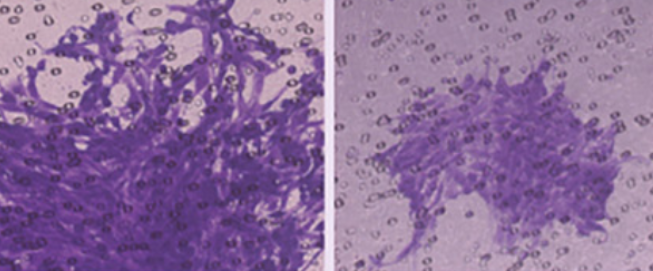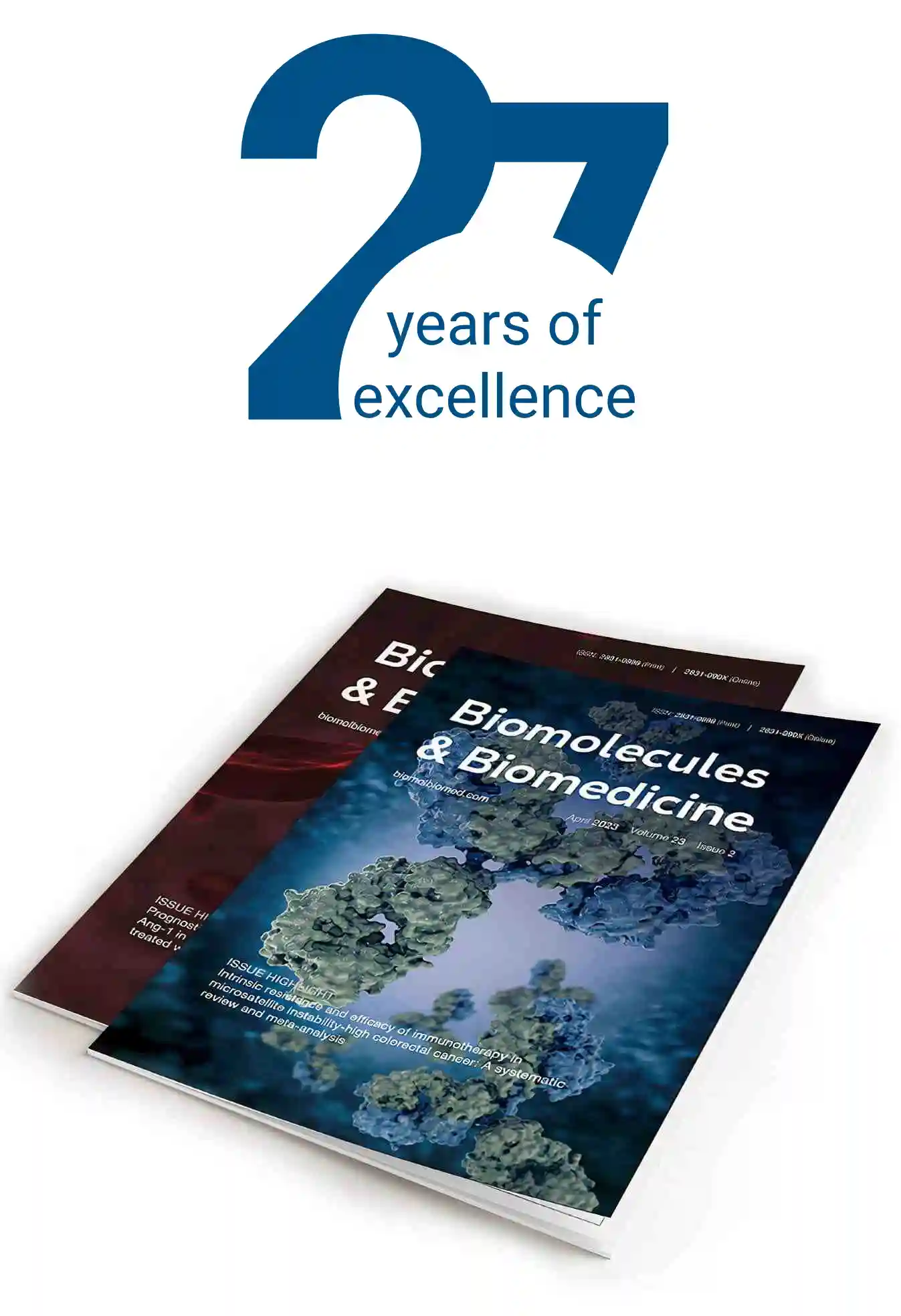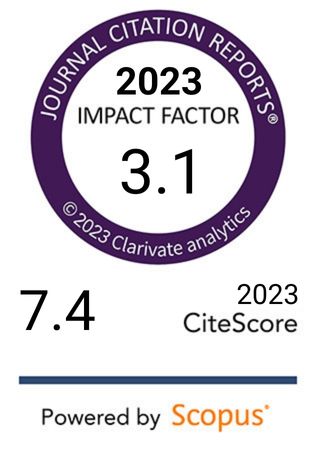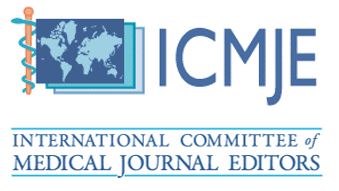Glioblastoma induces CAF-like astrocyte activation via the AKT/mTOR–SERPINH1/COL5A1 axis
DOI:
https://doi.org/10.17305/bb.2025.11898Keywords:
glioblastoma, cancer-associated fibroblasts, CAFs, astrocytes, SERPINH1, COL5A1, AKT/mTOR pathwayAbstract
Glioblastoma multiforme (GBM), the most aggressive form of glioma, remains the most malignant tumor of the central nervous system. Despite a range of therapeutic strategies, the prognosis for GBM patients remains poor, underscoring the urgent need for novel treatments to inhibit GBM progression. The tumor microenvironment (TME) plays a critical role in tumor development, with cancer-associated fibroblasts (CAFs) acting as key components. However, the origin, composition, and spatial distribution of CAFs within the GBM microenvironment remain poorly understood. To address this gap, our research aims to investigate the etiology, cellular composition, and precise localization of CAFs in GBM, with the goal of elucidating their role in oncogenesis and tumor progression, thereby providing new avenues for therapeutic intervention. In this study, we developed a novel CAF-related prognostic model using data from the TCGA and GEO databases and identified SERPINH1 and COL5A1 as CAF-related genes in GBM. We established a GBM mouse model as well as a GBM cell and astrocyte co-culture system to examine the expression of SERPINH1 and COL5A1 in astrocytes under a simulated tumor microenvironment. Our findings revealed that these genes were more highly expressed in peritumoral tissue compared to normal brain tissue and showed strong co-localization with astrocytes. Furthermore, we found that normal astrocytes can be induced by GBM cells to activate the AKT/mTOR signaling pathway, migrate to the peritumoral region, and upregulate CAF-associated proteins (SERPINH1/COL5A1). These results suggest that astrocytes may serve as a potential source of CAF precursor cells within the GBM tumor microenvironment.
Citations
Downloads

Downloads
Additional Files
Published
Issue
Section
Categories
License
Copyright (c) 2025 Jingxian Zhang, Yajia Chen, Hongwu Xu

This work is licensed under a Creative Commons Attribution 4.0 International License.









